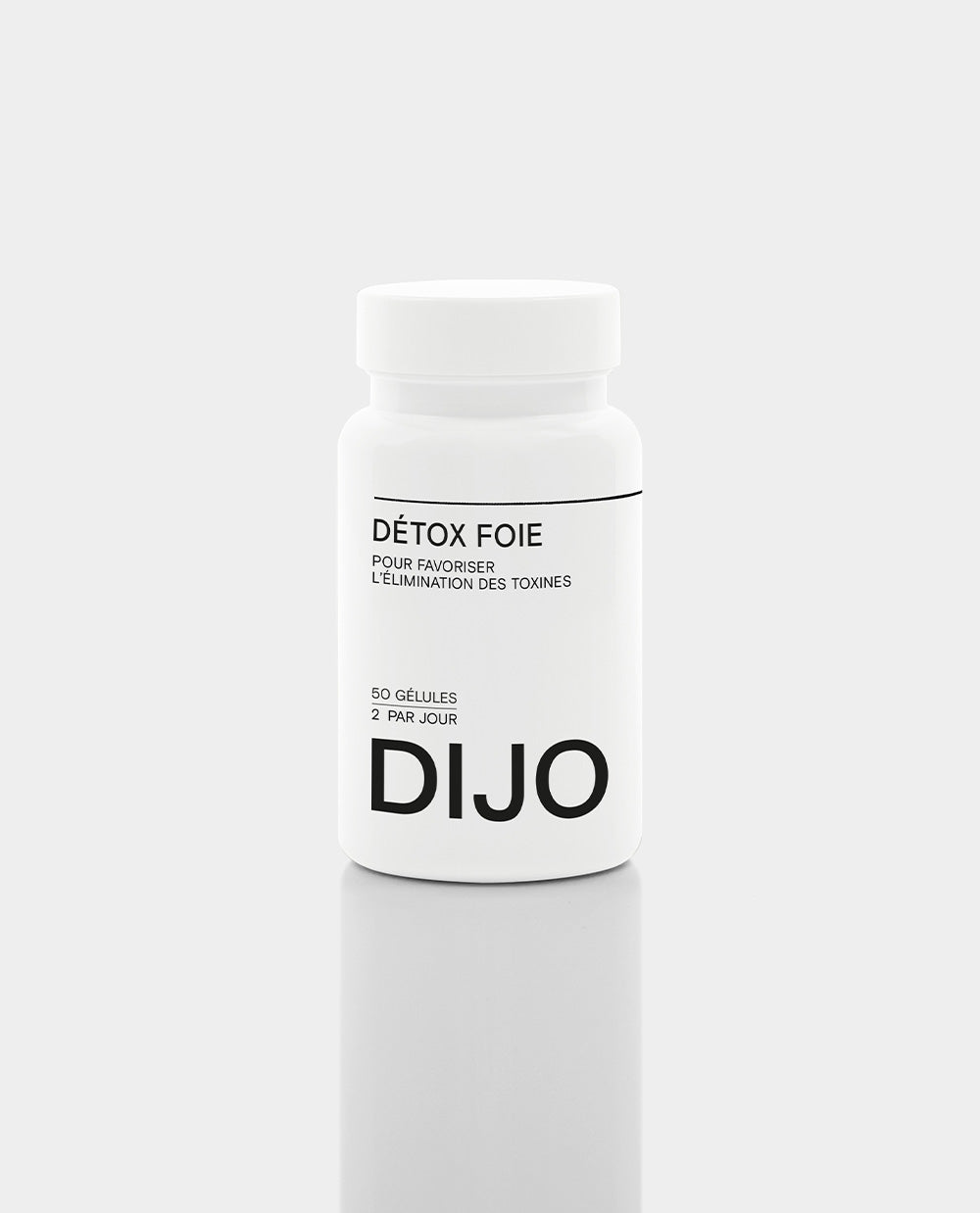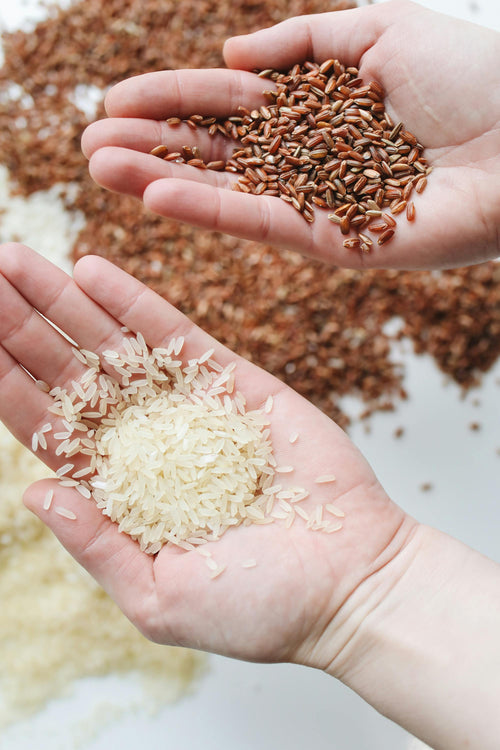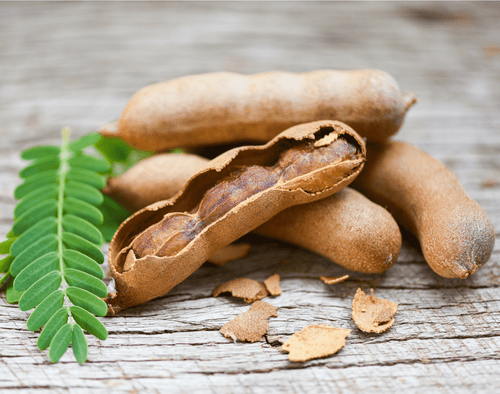What you must remember :
- Desmodium is a hepatoprotective plant
- It helps fight against the accumulation of toxins in the body, particularly in the liver.
- Desmodium also has a strong anti-allergic and anti-spasmodic action.
- Fragile people should seek the advice of their doctor before taking supplements.
- It is not recommended to consume it as part of chemotherapy treatment.
What is desmodium?
Desmodium is a plant native to West Africa . It is particularly found cultivated in tropical and subtropical regions of Africa, America and India.
In herbal medicine, the active ingredients are extracted from the aerial parts of this plant, that is to say the leaves and stems . They contain a high concentration of polyphenols, saponins, alkaloids, fatty acids, anthocyanosides which have a direct action on protecting the liver against toxins.
Every day, our body produces free radicals, compounds which, in high concentrations, can present a danger to the body. They are formed as a result of biological reactions such as inflammation , stress and cellular respiration.
If a balance is not established, oxidation is not regulated and the level of free radicals is too high, this leads to the appearance of oxidative stress which, ultimately, impacts health and quality. life of individuals. This is why it is strongly recommended to include foods and food supplements with a detoxifying action to fight against these free radicals.
The benefits and virtues of Desmodium
Desmodium has a main action on the liver, due to the benefits of its active ingredients.
Desmodium and liver protection
The liver is one of the 5 emunctory organs (= detoxifying properties) of the body, that is to say that it naturally helps fight against the accumulation of toxins and degrade elements harmful to the body ( alcohol , fats). saturated, excess sugars , medications).
As part of an unbalanced lifestyle or in the context of pathologies, this liver can be overloaded, which ultimately causes chronic fatigue .
Scientific studies have highlighted the hepatoprotective action (= protection of the liver) of the active ingredients of desmodium which fight against the accumulation of toxins in the liver. Indeed, the polyphenols (flavonoids) contained in this plant have an antioxidant action and help slow down and limit the accumulation of free radicals.
Desmodium and hepatic drainage
The draining action of desmodium results naturally from its hepatoprotective action. Indeed, its active ingredients lead to a drainage of toxins by stimulating the production of bile which helps to alleviate a potential overload of the latter.
Desmodium and respiratory tract
The use of desmodium is also very developed in respiratory medicine. Indeed, its antispasmodic properties help fight asthma . Saponins act on lung tissue by promoting relaxation of muscle cells, thus contributing to opening of the airways. Breathing is therefore made easier.
Desmodium and allergies
Desmodium also helps reduce the action of histamine , a molecule involved in allergic reactions. In addition, due to its relaxing action on the pulmonary muscles, desmodium promotes relief of the respiratory symptoms of certain allergies.
Desmodium and swollen belly
Due to its action on the liver, desmodium can also reduce the occurrence of digestive disorders ( bloating , swollen stomach ). Indeed, the overload of the liver being limited, this makes it possible to avoid a release of toxins at the intestinal level and thus to avoid the appearance of these inconveniences.
Indications and dosage of desmodium
Desmodium is mainly taken in the form of capsules, ampoules and infusions. There are currently no contraindications for taking this plant. However, it is important to remember that, for the population at risk (pregnant, breastfeeding women and children), it is strongly recommended to seek the advice of a health professional before taking supplements.
There is also no official dosage to follow to observe conclusive effects. However, most marketed products and scientific studies present dosages ranging from 800 to 1200 mg of pure product. This quantity can be greatly reduced if this plant is combined with other active ingredients such as milk thistle or black radish.
In case of chemotherapy :
Desmodium can be taken as an inter-course of chemotherapy (= between courses) to prevent its action from eliminating the current medication and limiting the action of this chemotherapy.
However, its action is strongly discouraged in the context of chemotherapies eliminated by CYP2E, 2B1 and 2B2 in order to avoid an overdose.
Bring Desmodium to your body thanks to DIJO
At DIJO, we have integrated desmodium into the formulation of our Liver Detox product to help you fight against the accumulation of toxins in the liver and limit the occurrence of bloating. Liver detox is therefore your ideal ally to fight against oxidation in your body and regain boundless energy. Its action can be reinforced as part of the implementation of a detox .
Sources :
[1] Magielse, J., Arcoraci, T., Breynaert, A., van Dooren, I., Kanyanga, C., Fransen, E., Van Hoof, V., Vlietinck, A., Apers, S., Pieters, L., & Hermans, N. (2013). Antihepatotoxic activity of a quantified Desmodium adscendens decoction and D-pinitol against chemically-induced liver damage in rats. Journal of ethnopharmacology, 146(1), 250–256. https://doi.org/10.1016/j.jep.2012.12.039
[2] François, C., Fares, M., Baiocchi, C., & Maixent, JM (2015). Safety of Desmodium adscendens extract on hepatocytes and renal cells. Protective effect against oxidative stress. Journal of intercultural ethnopharmacology, 4(1), 1–5. https://doi.org/10.5455/jice.20141013041312
[3] Rastogi, S., Pandey, MM, & Rawat, AK (2011). An ethnomedicinal, phytochemical and pharmacological profile of Desmodium gangeticum (L.) DC. and Desmodium adscendens (Sw.) DC. Journal of ethnopharmacology, 136(2), 283–296. https://doi.org/10.1016/j.jep.2011.04.031
[4] Ma, X., Zheng, C., Hu, C., Rahman, K., & Qin, L. (2011). The genus Desmodium (Fabaceae)-traditional uses in Chinese medicine, phytochemistry and pharmacology. Journal of ethnopharmacology, 138(2), 314–332. https://doi.org/10.1016/j.jep.2011.09.053













